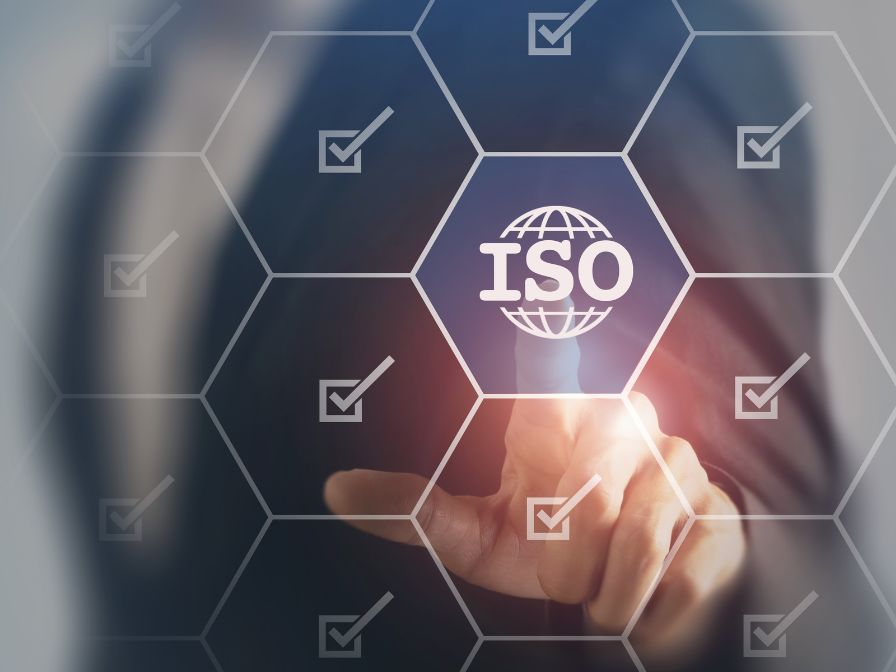
Financial communications are undergoing a massive remapping as part of the ISO 20022 International Standard, with the deadline for complete industry migration set for November of next year. This new standard for electronic data interchange between financial institutions offers rich, structured data that promises to revolutionize the payments industry. For financial institutions, adopting ISO 20022 is not just a compliance exercise but a strategic opportunity to enhance customer insights, streamline financial crime compliance, and unlock new value propositions.
Transforming customer insights with rich data
One of ISO 20022’s most compelling advantages is its ability to generate more profound and actionable customer insights. The rich, structured data provided by ISO 20022 allows financial institutions to analyze customer transactions with unprecedented granularity. This level of detail enables banks to tailor services and products to meet the specific needs of different customer segments.
For instance, by using purpose codes within the ISO 20022 framework, financial institutions can quickly identify and segment customers based on their transaction patterns. This capability can significantly enhance customer relationship management (CRM) systems, allowing banks to deliver personalized services that improve customer satisfaction and loyalty.
Strengthening financial crime prevention
Delving deeper into patterns and data isn’t just beneficial for customer relationships; it can also fight crime. Financial crime compliance is a significant concern for financial institutions worldwide, and the structured data and standardized messaging format of ISO 20022 greatly enhance banks’ ability to detect and prevent fraudulent activities. By providing clear identification and descriptions of transaction details, ISO 20022 reduces the occurrence of false positives in sanctions screening and other compliance checks.
This reduction in false positives can streamline compliance processes, reducing the workload on compliance teams and allowing them to focus on genuine threats. Additionally, the transparency and traceability afforded by ISO 20022 facilitate more efficient investigations and resolutions of suspicious activities. This means that financial institutions comply with regulatory requirements more effectively, improve their operational efficiency, and reduce compliance costs.
Optimizing corporate treasury functions
Corporate treasurers can also leverage the enhanced data elements of ISO 20022 to improve the reconciliation process, providing instant and accurate information on real-time liquidity positions. This capability is particularly valuable for large multinational corporations operating in complex payment environments. With better visibility into their financial status, corporate treasurers can make more informed and timely decisions, optimizing cash flow and reducing financial risks.
Additionally, the structured data provided by ISO 20022 supports more sophisticated financial modeling and forecasting tools, enabling businesses to plan and execute their financial strategies with greater precision. The result is improved financial performance and a stronger competitive position in the market.
Creating new opportunities
Adopting ISO 20022 opens up new avenues for innovation and value creation in the financial sector. Financial institutions can leverage the rich data to develop new products and services tailored to their customers’ evolving needs. For example, banks can prioritize payments based on importance, such as ensuring that welfare payments or pensions are processed first.
Moreover, the insights derived from ISO 20022 data can help financial institutions identify unmet customer needs and market opportunities. By combining and analyzing bank and payment data, institutions can uncover new use cases and deliver value-added services that enhance the customer experience and drive growth.
Embracing the future of payments with ISO 20022
The global migration to ISO 20022 represents a strategic move towards a more integrated, efficient, and customer-centric payments ecosystem. Embracing this new standard allows financial institutions to improve operational efficiency, enhance customer service, and unlock new revenue opportunities. The transition to ISO 20022 is more than a regulatory requirement; it is a transformative step that positions financial institutions for success in an increasingly digital and data-driven world.
The value and strategic opportunities of ISO 20022 are clear. Enhanced customer insights, streamlined financial crime compliance, improved payment processes, strengthened corporate treasury activities, and new value propositions underscore its importance as an essential standard for the future of global payments. Financial institutions that adopt and embrace ISO 20022 will be well-equipped to navigate the complexities of the modern financial landscape and thrive in a competitive market.
For more on this topic, stream our on-demand webinar, “Smooth sailing: Navigating the Fedwire migration to ISO 20022 with confidence.”








